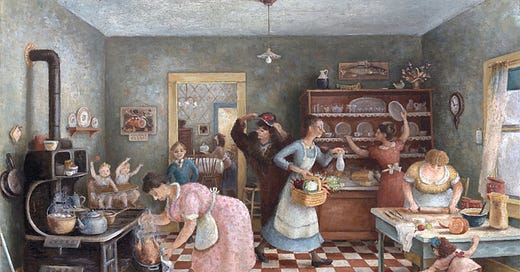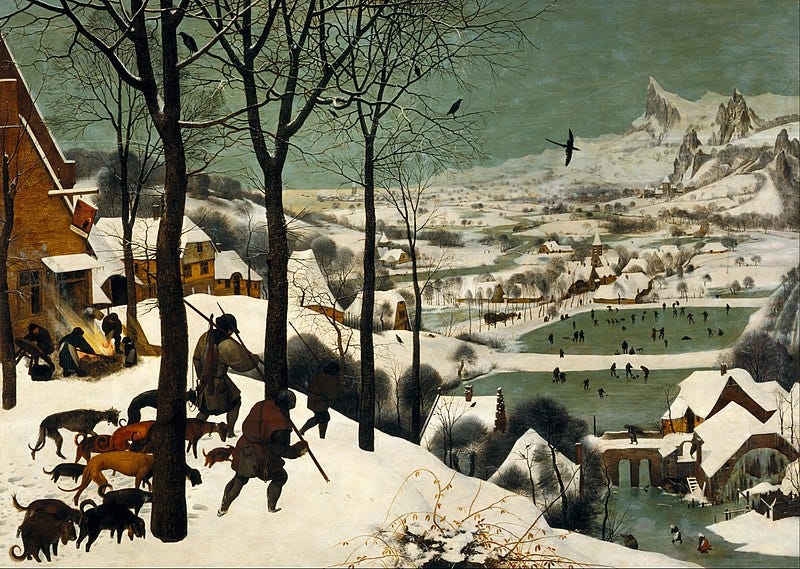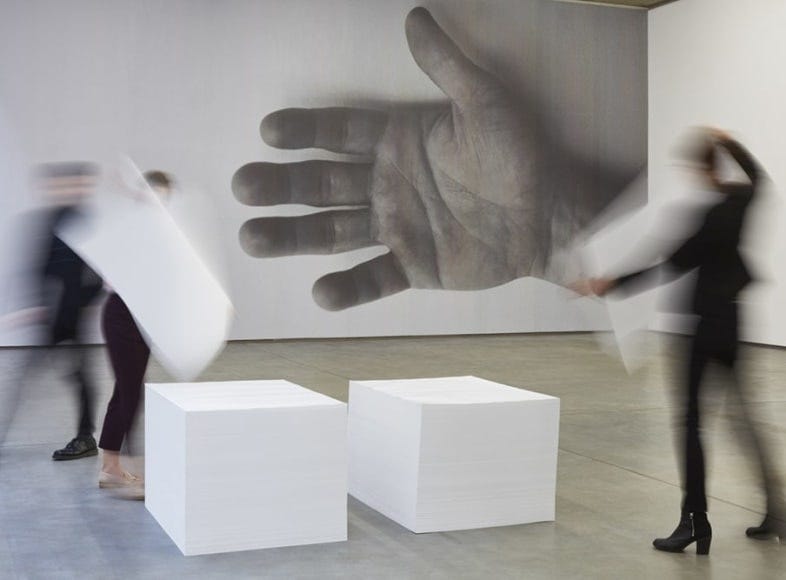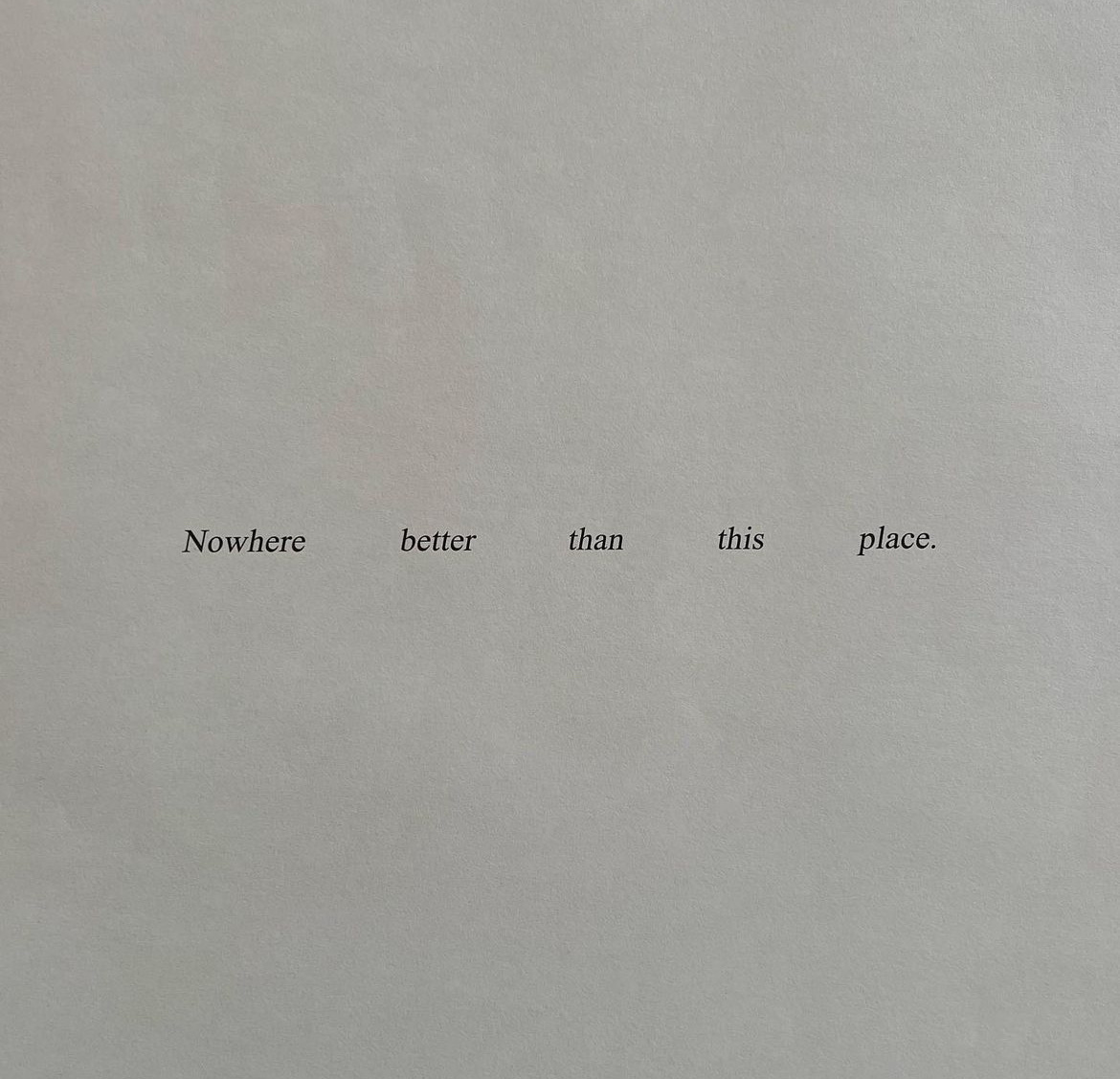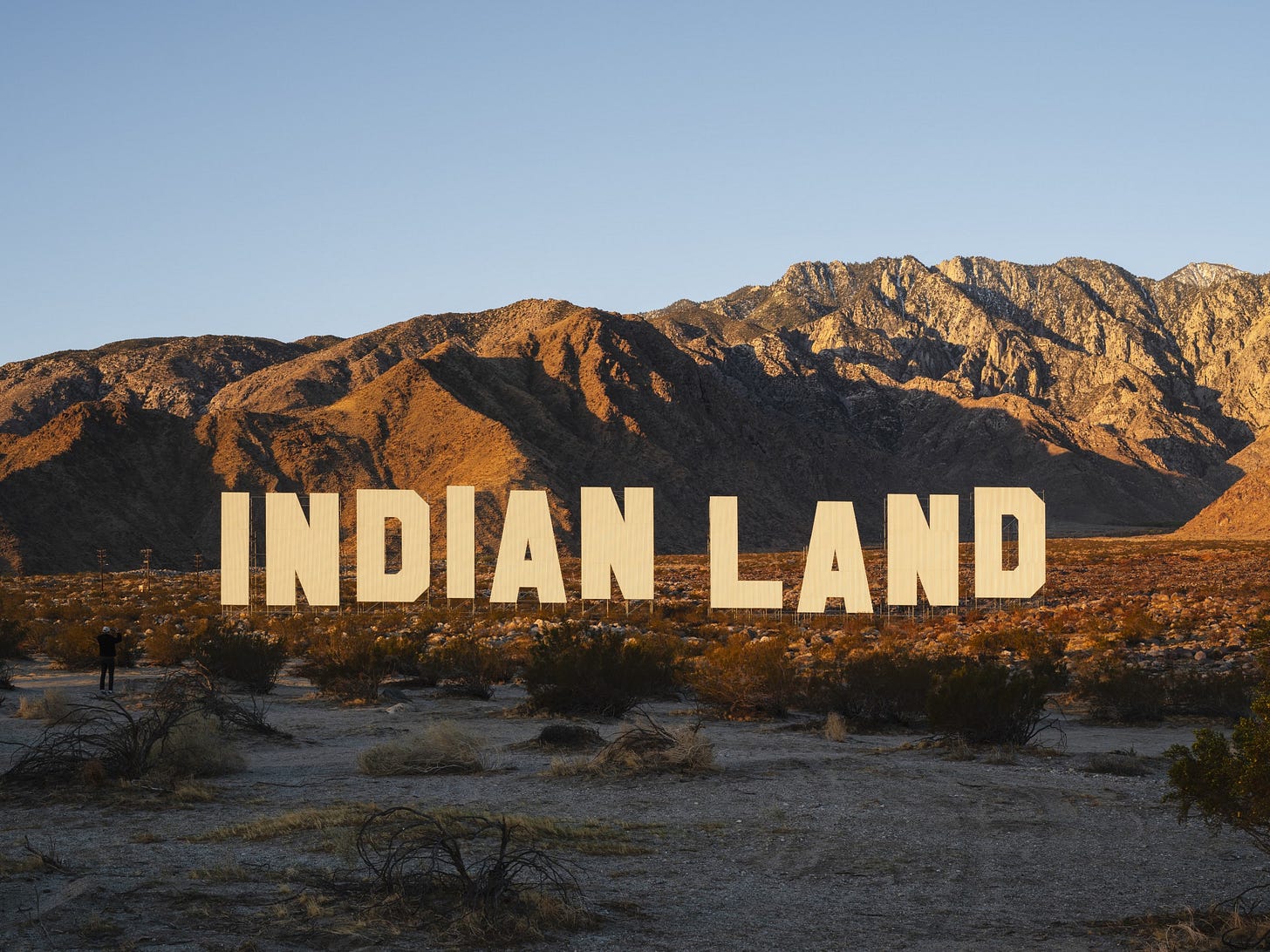Bruegel's magnificent Hunters in the Snow may seem an odd choice for a Thanksgiving reflection on food, but this painting, aside from being one of my favorite artworks, always makes me think of what those early American settlers must have experienced in the cold winters of New England. Here are hunters returning home, having had little success in finding game; the dogs look exhausted and hungry as everyone trudges through the snow back to their homes among the villagers on the frozen ponds below. It is just an extraordinary example of the artist's ability to capture the feeling of cold in paint! I first saw this work on my first year in Vienna, in 1969, which was one of the coldest, snowiest winters in the city in decades. As a California Girl, all that snow and freezing temperatures were a new experience, and in my miniskirt and winter underwear I often felt as downcast as Bruegel's hunters seemed to be.
My affection for the painting grew stronger when a few years later, I met a Czech librarian, now living in Canada. When she learned of my love of Vienna and its art collections, she told the tale of her escape from Prague in 1968, the year the Russians moved into the city with tanks, and clamped down on attempts by a new government to free the country from Soviet domination. She managed at great risk to cross the border into Austria, without money, contacts, or food. She somehow made her way to the Kunsthistorisches Museum — one of the only warm public places she could find — and was standing in front of Hunters in the Snow when she fainted from hunger. Through an amazing set of circumstances, a doctor who spoke Czech found her and helped her find shelter, food, and eventually a community that supported her until she could get work. But ever after, she said, she couldn't look at that Bruegel painting without feeling emotional, but having as well an overwhelming sense of gratitude for her good fortune after such a traumatic experience. I always remember that story when I see this iconic image, and whenever I am in Vienna, the Bruegel Room at the Museum is the first place I visit.
— Erika Esau, Art Muse Lecturer
A favorite seasonal painting of mine is Thanksgiving in the collection of The Art Institute of Chicago. Linger a while to enjoy this nostalgic scene. One can almost smell the turkey roasting in the oven and hear the hub-bub among the ladies as they prepare the Thanksgiving feast. Look around the red and white tiled kitchen to find the many hands at work. A pie crust being rolled on the kitchen table will be graced with a pumpkin filling. A woman carrying a basket of vegetables from the root cellar-- cauliflower, carrots, beets – delicately holds out a gift. Could it be a fresh jar of cream brought by the woman taking off her fur coat? While a pot of potatoes boils on the stove top, a third cook leans over the turkey just pulled from the oven for another basting. Adding to the noise and anticipation are the “side-shows”: a dog gnawing on a bone under the stove, a cat getting a scrap from a little girl who playfully shows her bloomers, and twins in the corner, trapped in a double highchair as they clamor for attention. The only male in this kitchen stands in the doorway, primly dressed in a blue jacket and ignoring the twins as he looks eagerly towards the turkey. Two other ladies are included in the rituals of preparation: one is busy pulling platters from the highboard cabinet and the other is seen laying out the table in the dining room. Doris Lee painted this scene of rural life in 1935 to celebrate the American holiday and to give hope to Americans suffering the Depression. Lee also made it clear the kitchen on Thanksgiving Day was the woman’s domain. Lee depicted the confident hustle and bustle of these women as they prepared for the feast – a well-choreographed ritual where timing is of essence.
Learn about the prize-winning painting’s debut in 1935 at an exhibition of American Art at The Art Institute of Chicago, CLICK HERE
— Clare Kunny, President of Art Muse LA and Miami
Growing up in New England, Thanksgiving was always grounded in history — like school plays about pilgrims and Native Americans and the story of Plymouth Rock — or the classic Thanksgiving foods. Yet, with the holiday approaching I can’t help but think of a work that really has nothing to do with the holiday or its stereotypical components, but everything to do with its underlying theme of gratitude. That work is Felix Gonzalez-Torres’ Untitled 1989/1990, one of the Cuban-American artist’s famous paper stack installations. In this installation, there are two stacks of paper, and viewers are encouraged to take sheets off one (or perhaps both) of the stacks. One reads: “Nowhere better than this place.” The other: “Somewhere better than this place.” As people take papers, you can see on a macro-scale the sentiment of the general public. Are people content with their life as it stands? Or are people longing for greener pastures?
The installation is simple yet extremely powerful, and in this moment I am left pondering at the choice I made when I selected my first paper from the stack when I first visited the de la Cruz Collection in Miami. I chose “Nowhere better than this place” — a reminder that I have so much to be grateful for in the world around me. While Thanksgiving is a time for explicit acts of gratitude (or even eye rolls directed at the overly sentimental family member who wants everyone to say what they are thankful for), Felix’s stack, to me, is a nice reminder that gratitude is something that can be experienced every day, even when another choice is right beside you.
— Ross Karlan, Director of Art Muse LA and Miami
Like many, I grew up with the Thanksgiving story as being one where the Wampanoag and Pilgrims ate happily together over a turkey, a story filled with historical inaccuracies. It ignores the true experiences of the indigenous people whose land was taken and whose nations were decimated by epidemic diseases spread by settlers. Over the years, I have sought to educate myself further on a more complete history of colonization and the atrocities committed to Indigenous populations and to also learn about the land I live on.
I therefore turn to an installation made for the 2021 Desert X in Palm Springs by Nicholas Galanin called Never Forget. It is a sign made up of 45-foot letters that write out INDIANLAND, a reference to the Hollywood sign, originally HOLLYWOODLAND. Growing up and living in Los Angeles, the Hollywood sign is a regular sight and a constant reminder of the business that settled and now is a defining image of the city. The Hollywood sign was an advertisement erected in 1923 for the new housing development in the Hollywood Hills, a whites-only development. Hollywood became a glistening city centered around the silver screen, whose development and image completely erased the Gabrieleno-Tongva, whose ancestral land those in LA and Hollywood live on.
In Never Forget, Galanin reclaims this iconic image as a reminder of those whose narratives have been excluded from the media, especially Hollywood. It is a correction of the historical narrative, and Galanin strives to bring light to this issue. The work is also a call to action to return land management to Indigenous communities.
I encourage you not to forget the land you live on this Thanksgiving. Let us never forget. You can discover the nation on whose land you live HERE.
— Chloe Landis, Art Muse Lecturer and Social Media Coordinator

